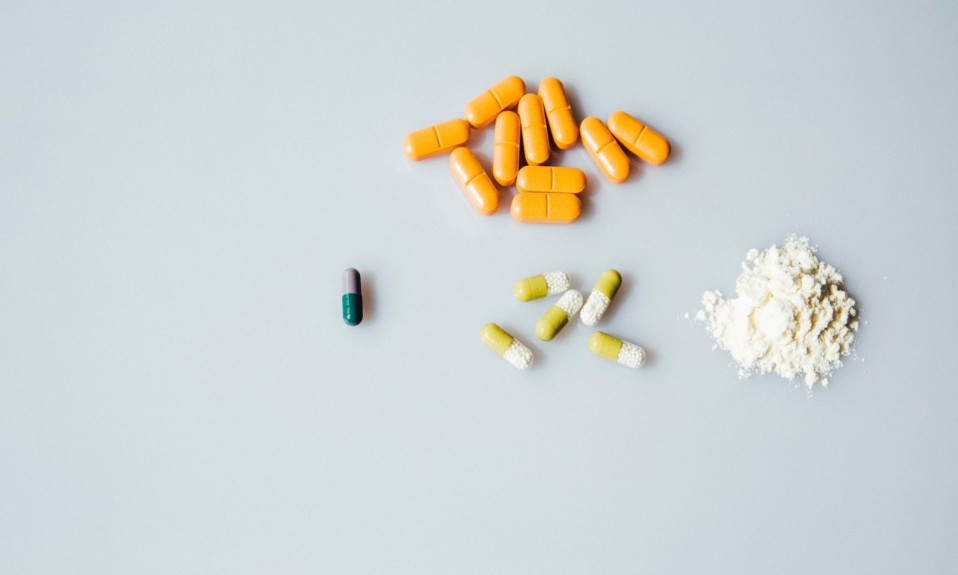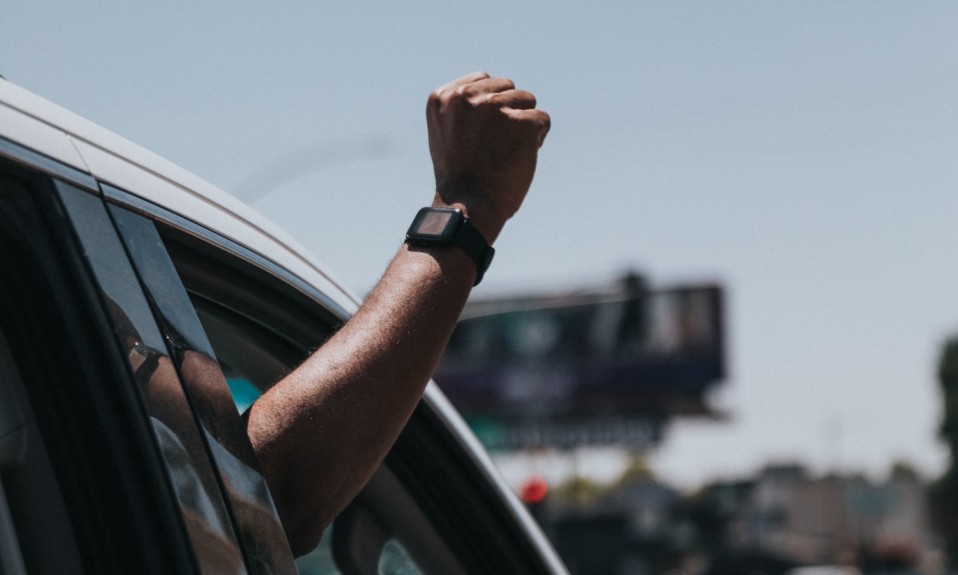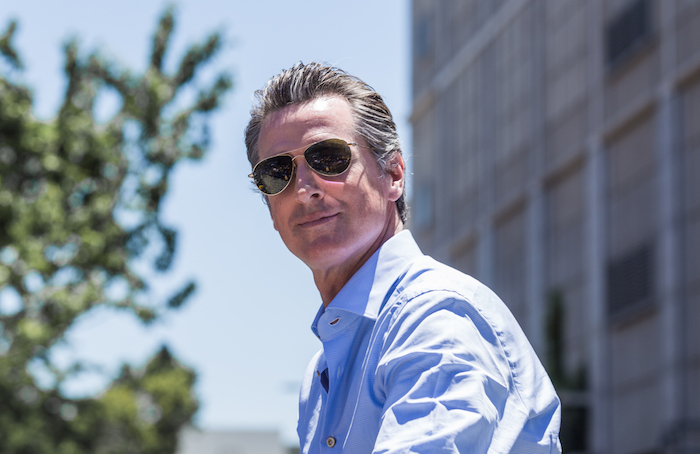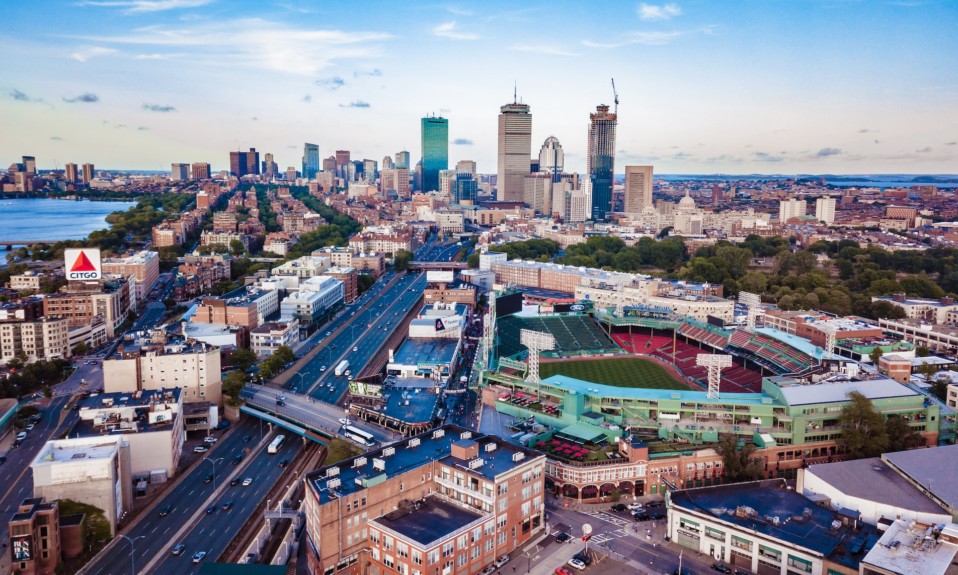Plus: A follow-up to Dopesick, and more treatment industry news
By Mark Mravic
New & Next: Policy
Newsom’s Veto Leaves California Safe Injection Sites in Limbo
California Gov. Gavin Newsom’s veto this week of a bill passed by the state’s legislature that would have permitted safe injection sites (SIS) in Oakland, San Francisco and Los Angeles has met with harsh criticism from harm reduction advocates and sparked plans to move forward without the governor’s approval.
“Worsening drug consumption challenges in these areas is not a risk we can take.”
—Gov. Gavin Newsom
In vetoing Senate Bill 57, Newsom said he was concerned about the operation of SIS’s “without strong, engaged local leadership and well-documented, vetted, and thoughtful operational and sustainability plans.” He noted the potential for “unintended consequences” in Los Angeles, San Francisco and Oakland, saying, “Worsening drug consumption challenges in these areas is not a risk we can take.” Some observers speculate that the Democratic governor’s softening of support for harm reduction could be meant to head off conservative criticism in advance of a possible presidential run.
Despite the veto, San Francisco officials say they will move forward in allowing a local nonprofit to open a site, along the model set by New York City, which established two SIS’s last November, though which nonprofit and how the site is funded are yet to be determined. Safe injection sites occupy a gray area legally—negotiations over a federal lawsuit that blocked a site in Philadelphia are ongoing, and the Biden administration is currently evaluating its policy on such programs. Decisions on those fronts should determine whether or not the federal government considers SIS’s as violating the “crackhouse statute” of the Controlled Substances Act, which prohibits places that operate with the sole purpose of using or selling drugs.
New & Next: Media
Now out: Raising Lazarus, the Follow-up to Dopesick
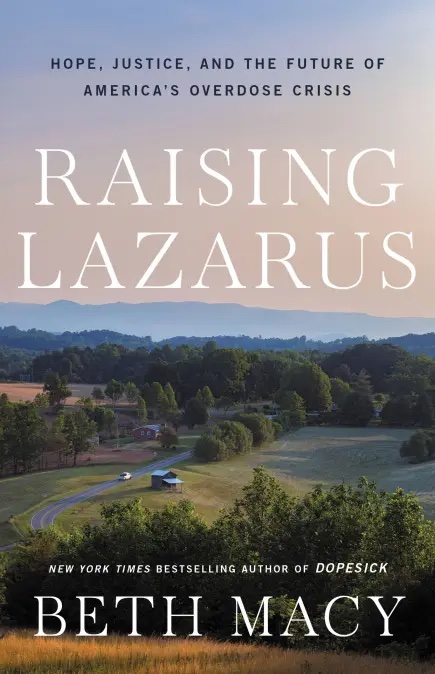
Beth Macy’s 2018 bestseller Dopesick traced the rise of the American opioid epidemic by interweaving powerful personal stories of its impact with investigations into the corporate, medical and legal forces underpinning the crisis. The book was made into a gripping Hulu miniseries that brought the overdose epidemic into American living rooms. Macy’s follow-up, Raising Lazarus: Hope, Justice and the Future of America’s Overdose Crisis, published last week by Little, Brown & Co., moves the story forward, with profiles of treatment innovators and harm reductionists working on the frontlines to stem the tide and find solutions, as well as bereaved families pushing to hold to account the Sackler family and others in the pharmaceutical industry who profited from the epidemic. In its review, Esquire called Raising Lazarus “enlightening and exhaustive … at once a damning exposé about greed and a moving paean to the power of community activism.”
New & Next: Grants
$2.5 Million for Harm Reduction Education in Louisiana
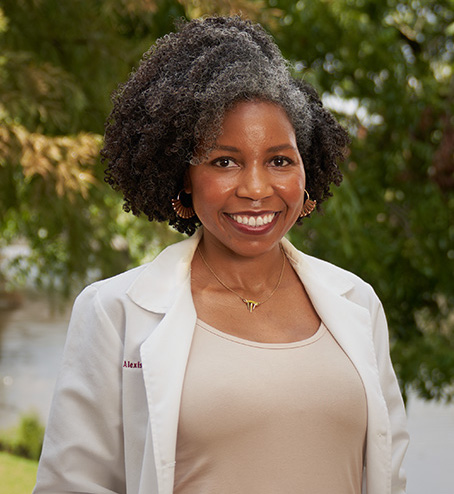
The Substance Abuse and Mental Health Services Administration (SAMSHA) has awarded a four-year, $2.5 million grant to Alexis Horace, PharmD, associate professor of clinical practice at the University of Louisiana-Monroe (ULM), to provide harm reduction education to first responders and community members. The grant will fund a training program called ULM HERO that will instruct first responders in Orleans and Ouachita parishes and surrounding rural areas in the use of naloxone and in how to connect people who use opioids with treatment and recovery services. Horace’s team, which she is in the process of building, will also host 50 community events to provide risk reduction education in underserved communities, with a goal of training 4,000 people over the next four years.
“The term ‘first responders’ is defined broadly,” Horace said. “We have our traditional first responders, like police officers, EMS, firefighters and FEMA. We will target those organizations with our harm reduction education course. The second group of first responders are those that live in our communities. It is the person who is the first to respond to a scene. It may not necessarily be someone who is a medical [professional], but a friend or a family member. … My team and I are ready to help our first responders in our community and make a big change in Louisiana. It’s going to be used, and it’s going to save lives.”
Horace, who teaches at the ULM satellite campus in New Orleans, says she was inspired by her students who work with a local syringe services program. The grant is the largest given to the university in more than a decade.
New & Next: Conferences
National Harm Reduction Conference in Puerto Rico
Registration is open for the 13th National Harm Reduction Conference, which will take place at the Caribe Hilton in San Juan, Puerto Rico, Oct. 13-16. The four-day event brings together creative minds in the harm reduction movement from the U.S. and abroad to exchange ideas and innovative practices. In addition to panels, workshops and roundtables, the conference will include informational talks, meet-the-author sessions, networking opportunities, a film festival and more. For information and to register, go here.
Top photo: Maarten Van Den Heuvel



